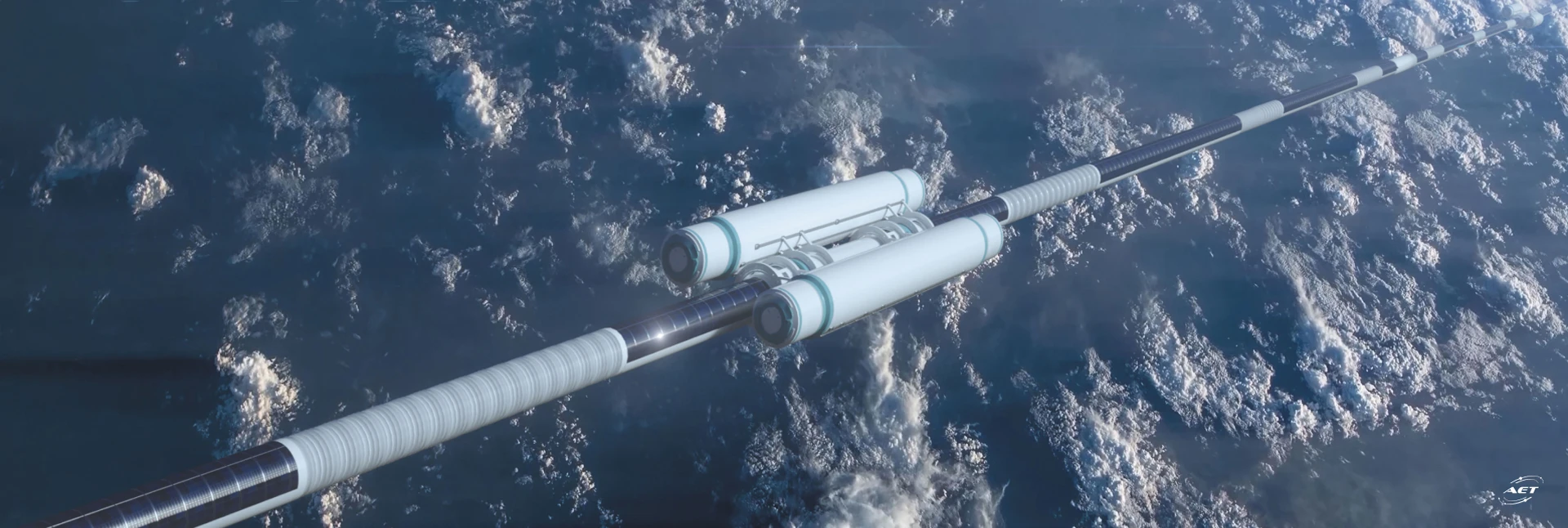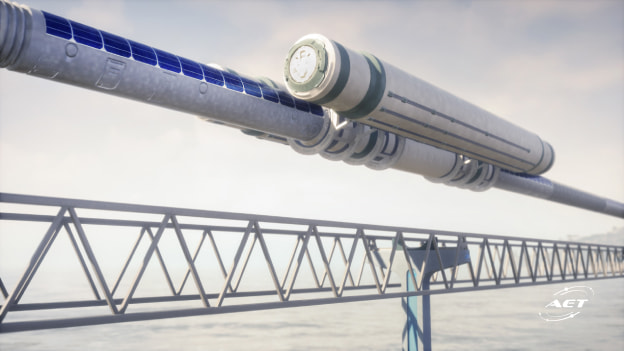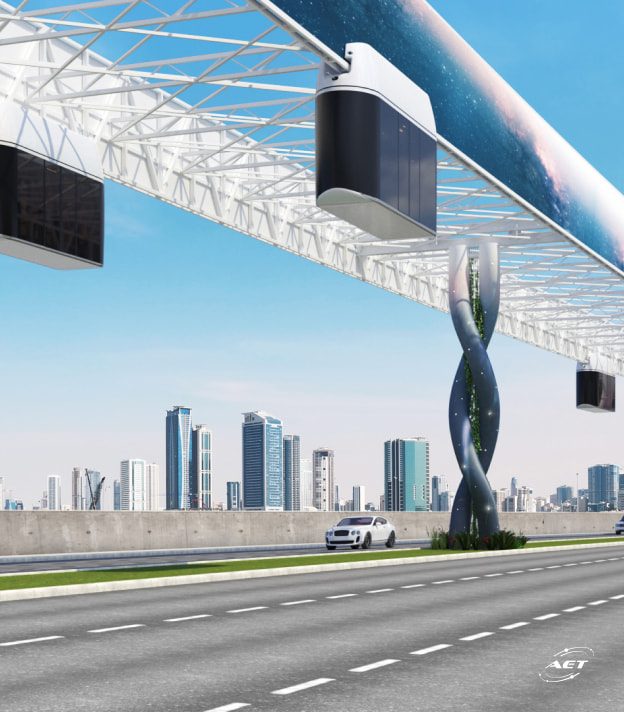Space industrialization means the creation of a new diversified economy with tens of thousands of space enterprises offering products and services to final customers on Earth and to related industries in space. Therefore, a cargo-and-passenger flow between the consumer, humanity on Earth, and production located in near space is inevitable.
About 20 years ago the volume of land transportation exceeded 100 billion tons of cargo per year, and the scale of geocosmic transportation will not go down after transposing industries into space. The future analysis of space industrialization issues should be based on the size of geocosmic cargo flows, which is up to millions and billions of tons per year.
Launch vehicles will not be able to fulfill the growing needs of a human civilization and the space industry.







